In pursuit of continuous process improvement, Gestamp has embraced recent recommendations we presented on integrating stamping and assembly processes solutions. In collaboration with the BIW Gestamp Design team, we hosted two webinars that brought together teams overseeing each plant. These sessions demonstrated the profits and results achieved by each team through the application of our software. Additionally, we sought to provide insights to improve internal processes.
During the webinars, we prioritized knowledge sharing and the introduction of tools applicable across different facilities. The goal was to ensure that each production unit grasped how the presented solutions could be adapted to improve their operations, promoting a more comprehensive understanding of potential implementations and their impactful results.
The first webinar focused on the Digital Twin process, illustrating how simulation is used throughout the development cycle of a stamped part, from product engineering to tool construction approval. A critical first step is to evaluate the formability of the product, as shown in Figure 1. This stage allows users to quickly analyze the imported data for part geometry, material data, and the optimal stamping balance. The software provides feasibility analysis tools that suggest modifications to the product geometry to mitigate specific issues, minimizing rework and future delays.
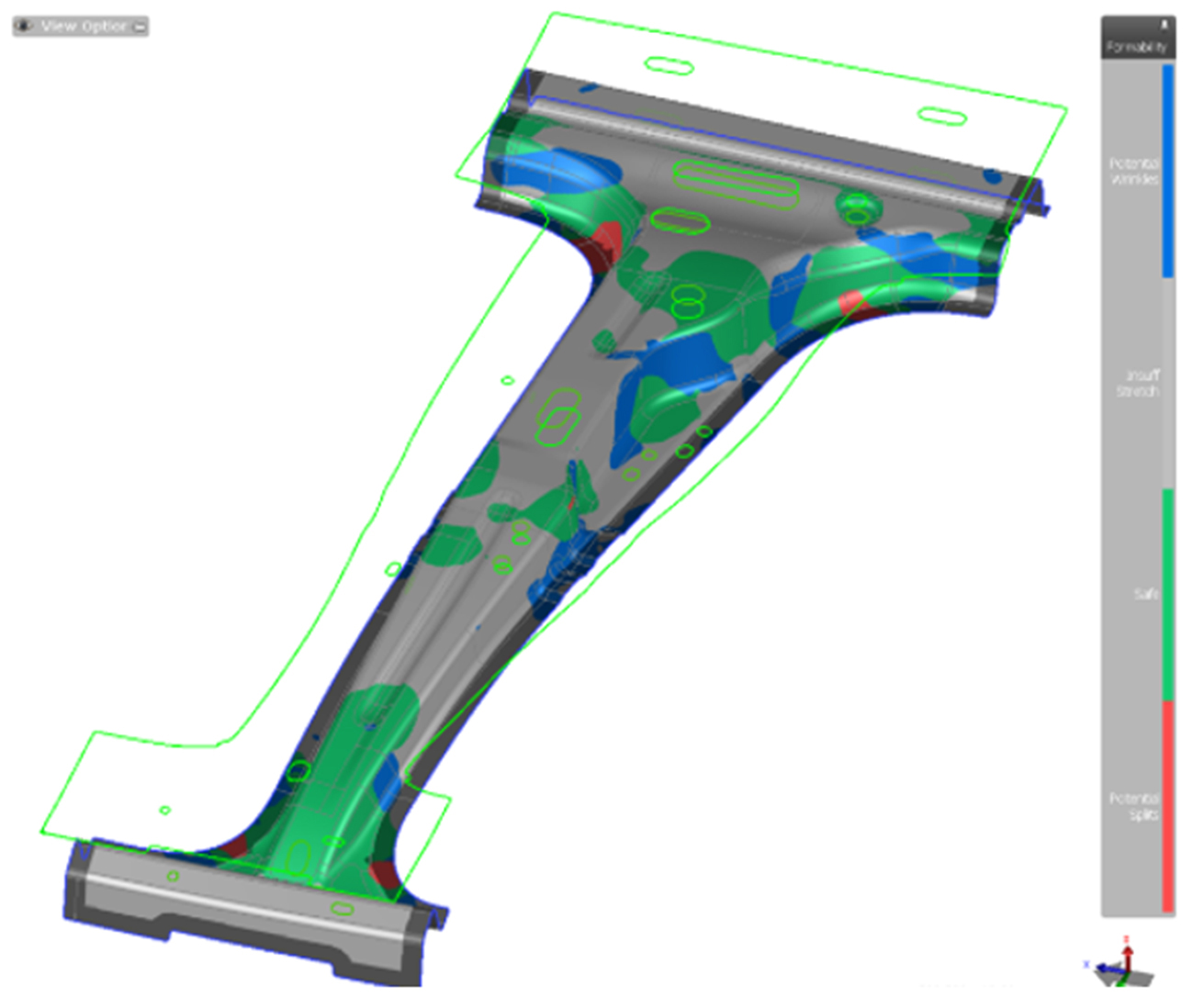
Figure 1: Product feasibility analysis
Following this evaluation, the next step is to develop the process and estimate the cost to manufacture the tooling. By parameterizing the stamping processes—whether tandem, transfer or progressive—the geometry to be developed should clearly defined at this stage. This data will inform the sizing of the blanks and components within the chosen process, as shown in Figure 2. Following these analyses, it becomes feasible to organize operations, determining the number of stamping stages required and their distribution within each operation.
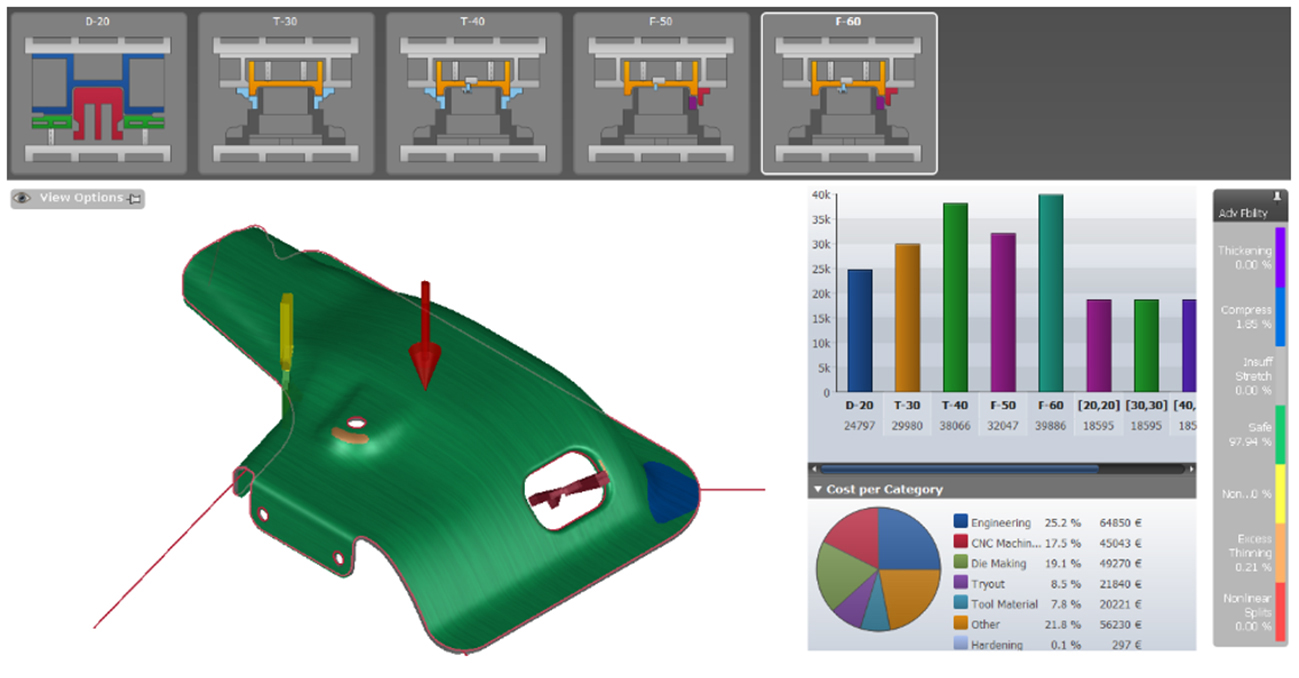
Figure 2: Process development and budget
After the process validation and cost analysis associated with the tooling construction, the next stage involves evaluating the performance of the previously defined process. The software provides tools to facilitate automatic variations, such as altering the height of segmented stretchers, drawing wall inclinations, punch and die entrance radii, pressure, size, and position of the blank. In this phase, feasibility evaluation is crucial, as are compensations for the material’s springback, as shown in Figure 3. After these stages are validated, the next step is the tooling design.
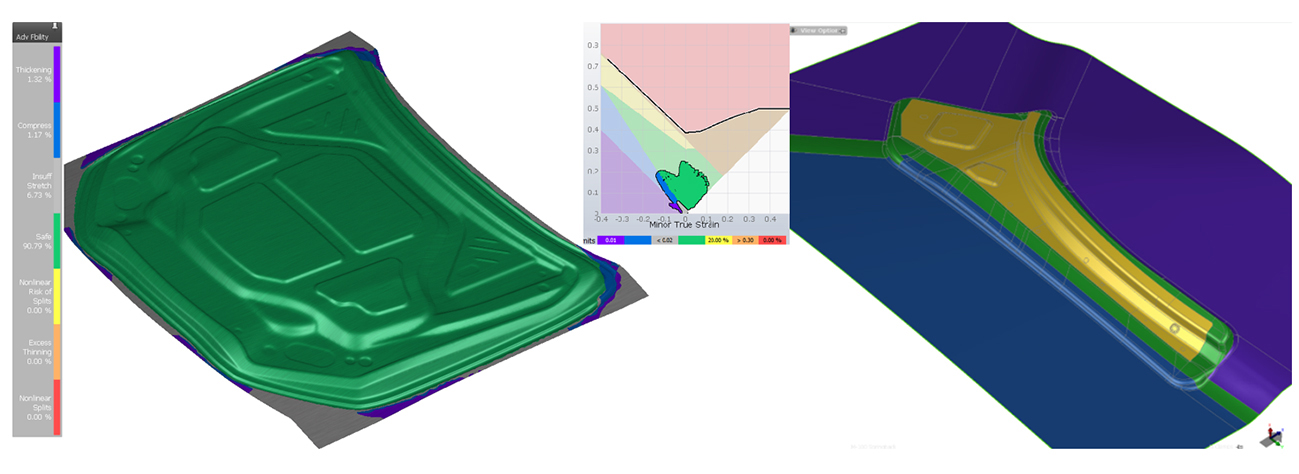
Figure 3: Project and compensation
As the engineering progresses from development to the release of tooling for construction, several factors can significantly affect the stability of the production process. Variations in the material’s mechanical properties, including its thickness, can pose challenges. Leveraging the software’s features, we can integrate all established tolerances to ensure assertive results directly in production. When changes in the raw material occur, the software quickly identifies the source of any issues, thereby reducing downtime in the press lines. Through robustness analysis, it is possible to identify which variable is influencing a certain region of the product. An analysis illustrated in Figure 4 shows that material thickness is a determining factor in determining the quality and dimensions of the final product.
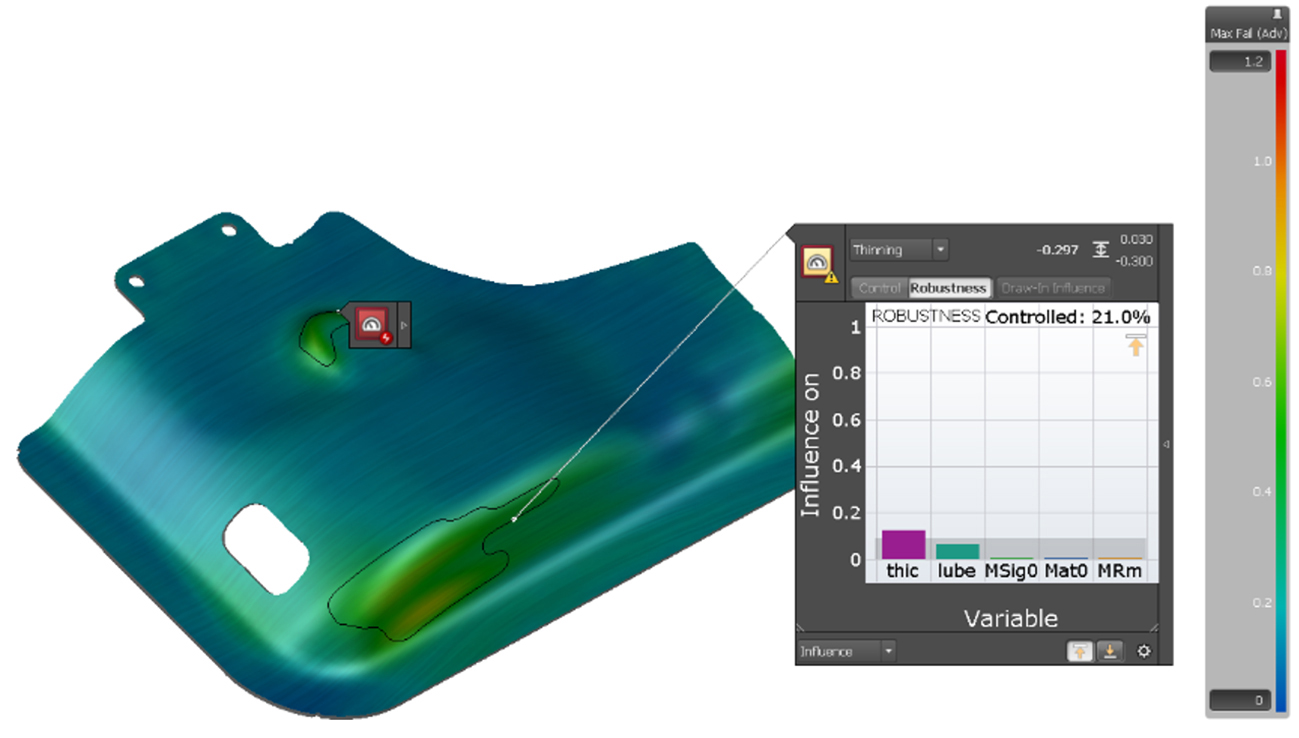
Fig. 4: Thinning sensitivity analysis of process parameters
With significant reductions in reworks, quicker problem detection, and improved product quality, Gestamp has demonstrated the applications of advanced engineering, as shown in Figure 5. This encompasses everything from feasibility assessments and process plan definitions to tooling costs for single parts in cold forming, hot forming, assembly joining, and production support.
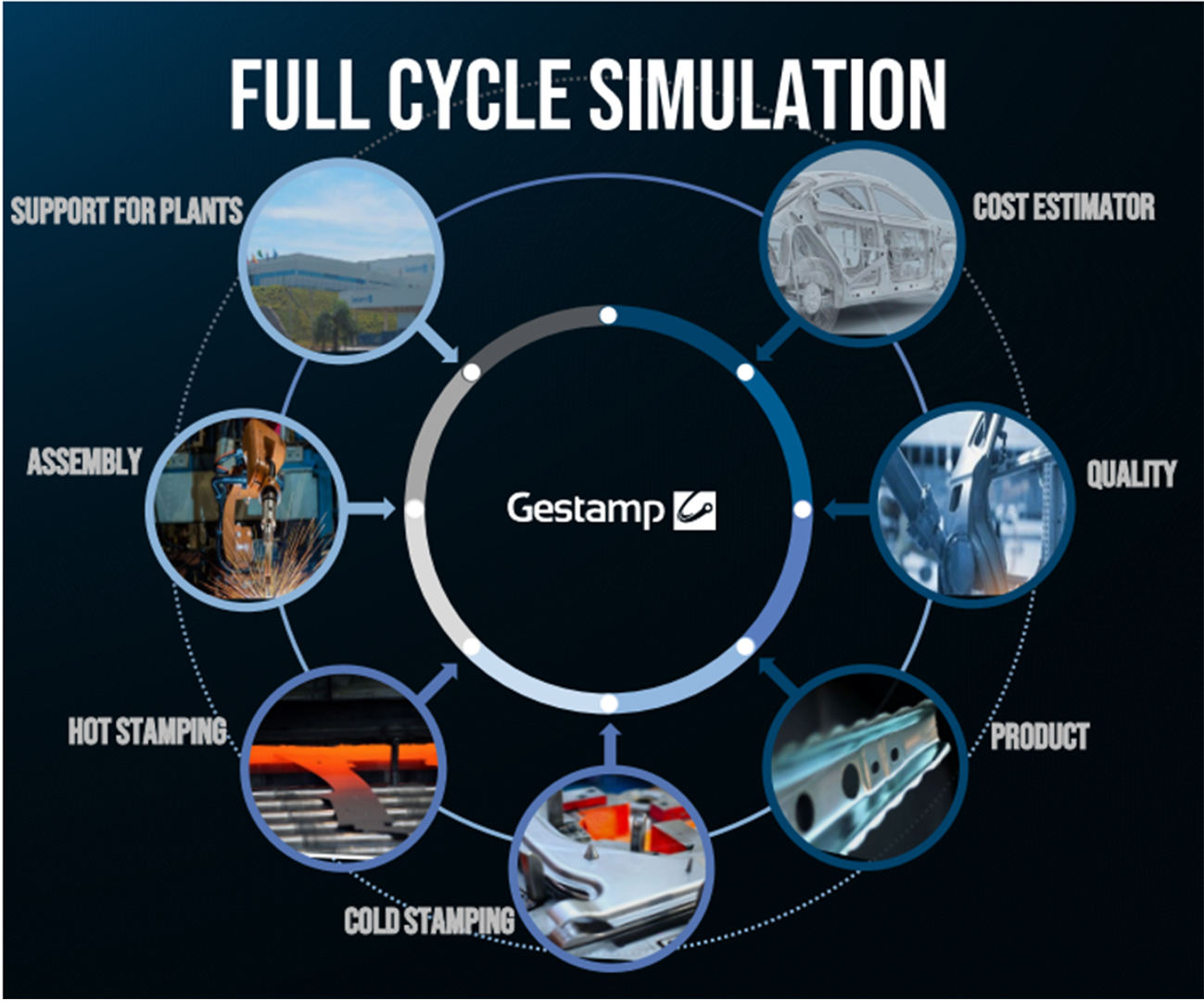
Figure 5: Gestamp’s process cycle
The feasibility and assembly dimensions of this process are crucial to the smooth operation of the production line. By analyzing the assembly’s initial joining process, we can assess the overall layout, identify parts with greater influence, and suggest possible geometry changes to optimize efficiency and manufacturing quality.
We explore comprehensive understanding of the Assembly and Hemming modules to evaluate assembly processes. This includes different hemming and spot welding systems and considers nominal, formed, and digitized parts. We also perform a dimensional evaluation of the final assembly, taking into account the combined springback effects of the different parts.
In process engineering, it is important to consider the effects of springback and, if necessary, adapt the joining processes. Identifying the necessary adjustments and defining try-out parameters are crucial steps to ensure satisfactory results. The assembly software features the VAR (Virtual Assembly Reference) concept to achieve this end—a powerful tool capable of performing geometric compensation of a single part based on the assembly results. Figure 6 illustrates the assembly comparison between the uncompensated products (on the left) and the result with compensation applied to the inner panel (on the right).
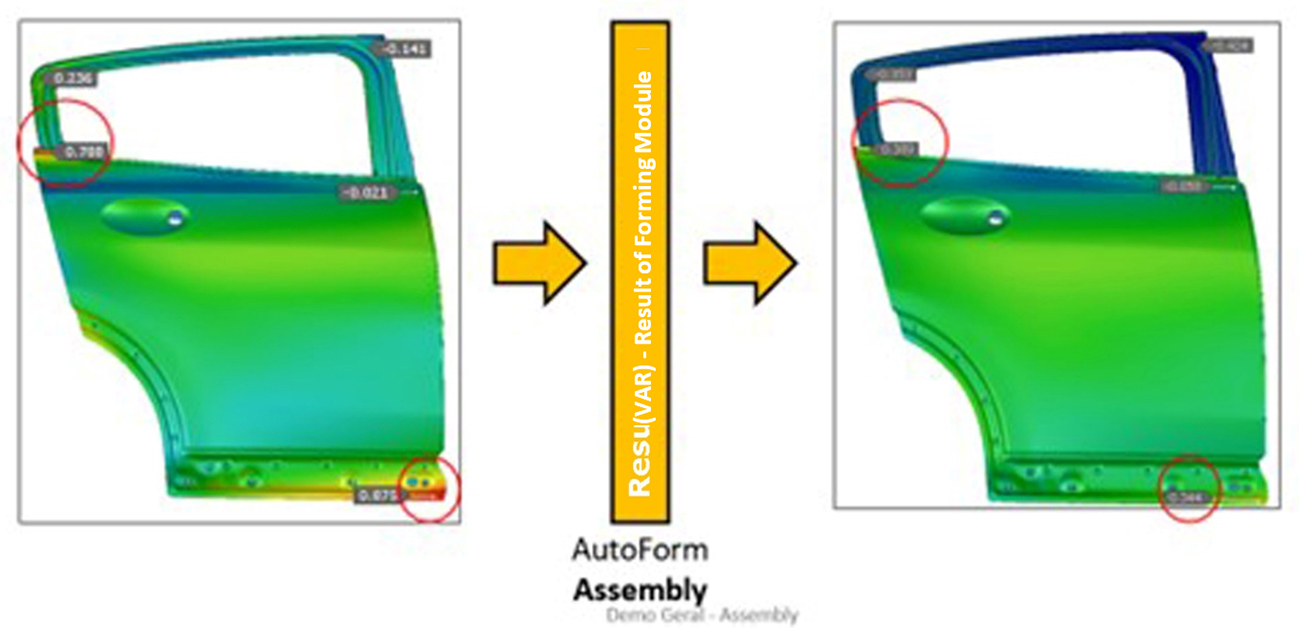
Figure 6: Compensation – Virtual Assembly Reference (VAR)
Try-out support involves addressing assembly issues related to the sequence of part insertion into the device or even the stability of single items. This process enables necessary changes to be applied as required. Meanwhile, production support focuses on solving emerging challenges, reducing downtime, and minimizing errors during production to improve process efficiency. The assembly module also enables existing assemblies to be analyzed, considering digitization for more precise analysis and definition of appropriate production parameters to ensure manufacturing excellence. Recognizing these details contributes significantly to the success of the project and customer satisfaction.
Gestamp was a pioneer in implementing assembly in Brazil. With the results obtained, it has been developing procedures and requirement specifications to advance and guarantee the stability of the parts in assembly, focusing on the quality and dimensional accuracy.
By identifying issues in the engineering phase, companies can avoid unnecessary waste from product development to final assembly and the layout of support points that influence dimensionality during the welding process. Once again, Gestamp has provided comprehensive and high-quality content, showcasing some process applications in development that have led to great satisfaction among the team.
From the Second BiW Development Engineering: “In simulations in assembly mode, we test and improve manufacturing processes at the conception stage, allowing us to deal with more realistic schedules that guarantee a significant reduction in delivery times and the creation of production shortcuts that help reduce errors. The advantages of this are improved productivity, quality, efficiency, cost savings, shorter development times, adjustments and, most importantly, innovation for Gestamp.”
We are very grateful to Leandro Pedracolli for his trust and initiative in promoting digital twins at Gestamp. Atair Cainan Figueiredo Bello Lopes played a key role in coordinating the presentations. We also extend our appreciation to Leonardo Fernandes Dompieri and Leonardo Freitas Oliveira for sharing their experiences and contributions with us during the webinars. We value the collaboration and participation of everyone involved.













